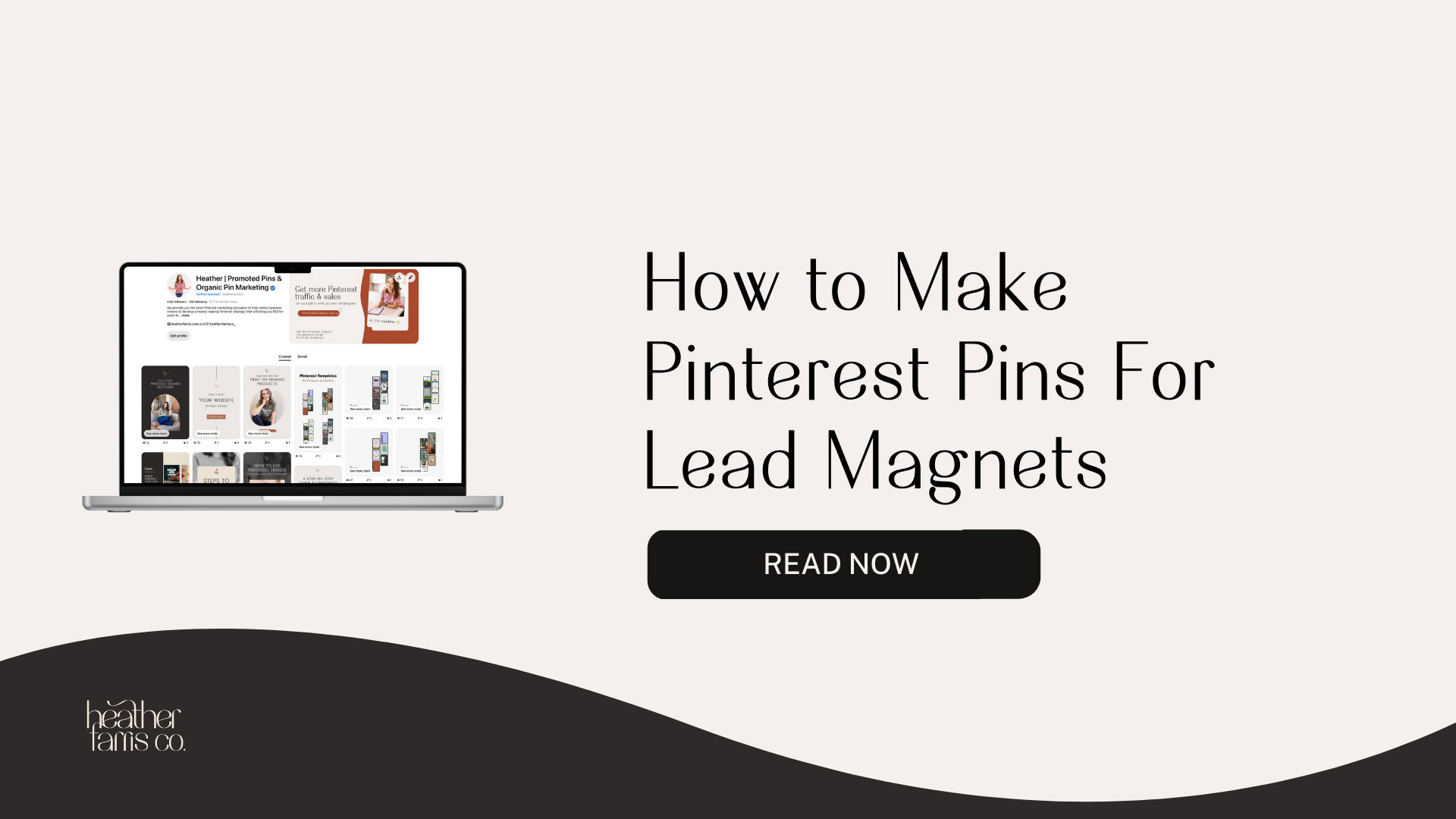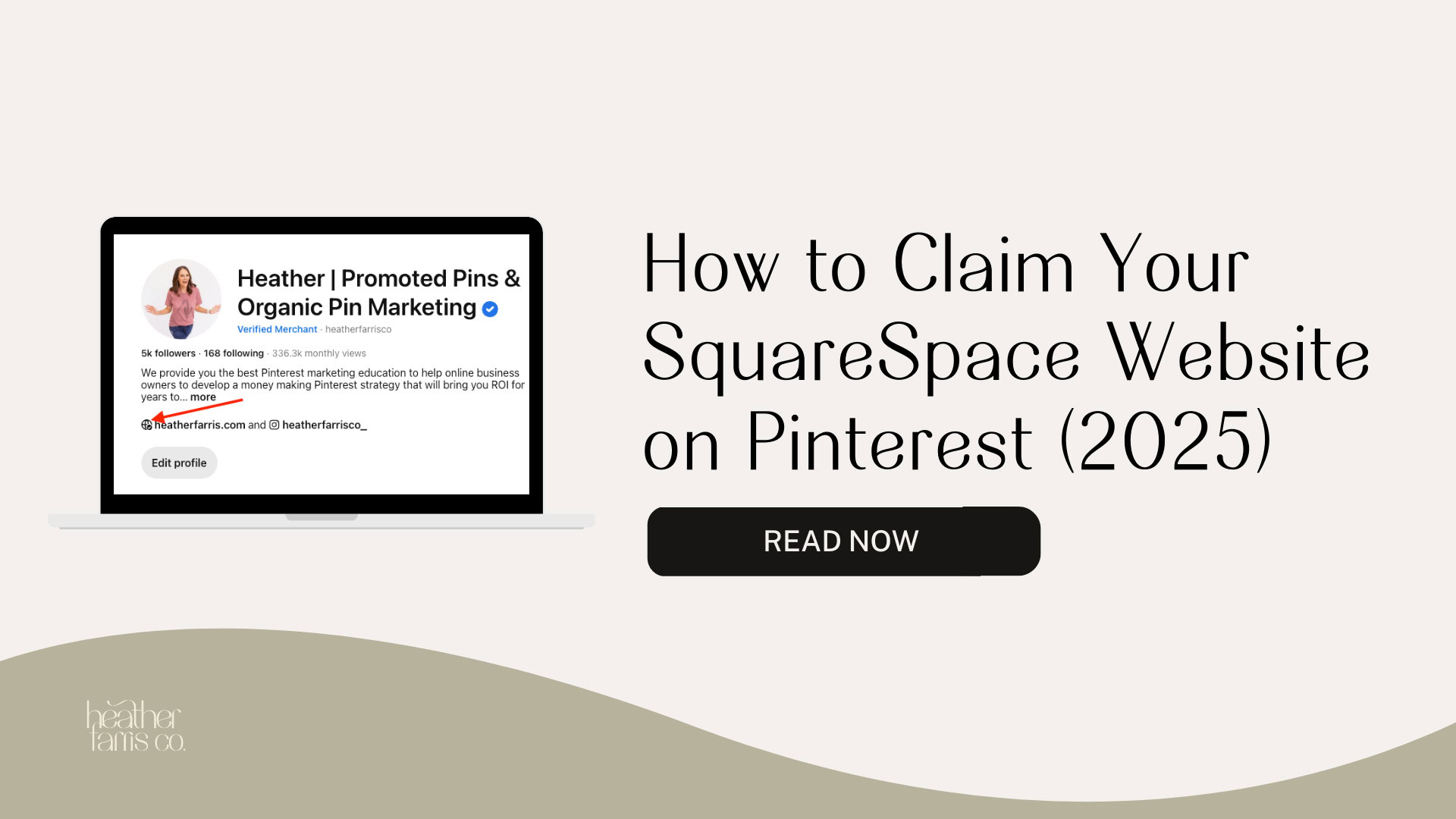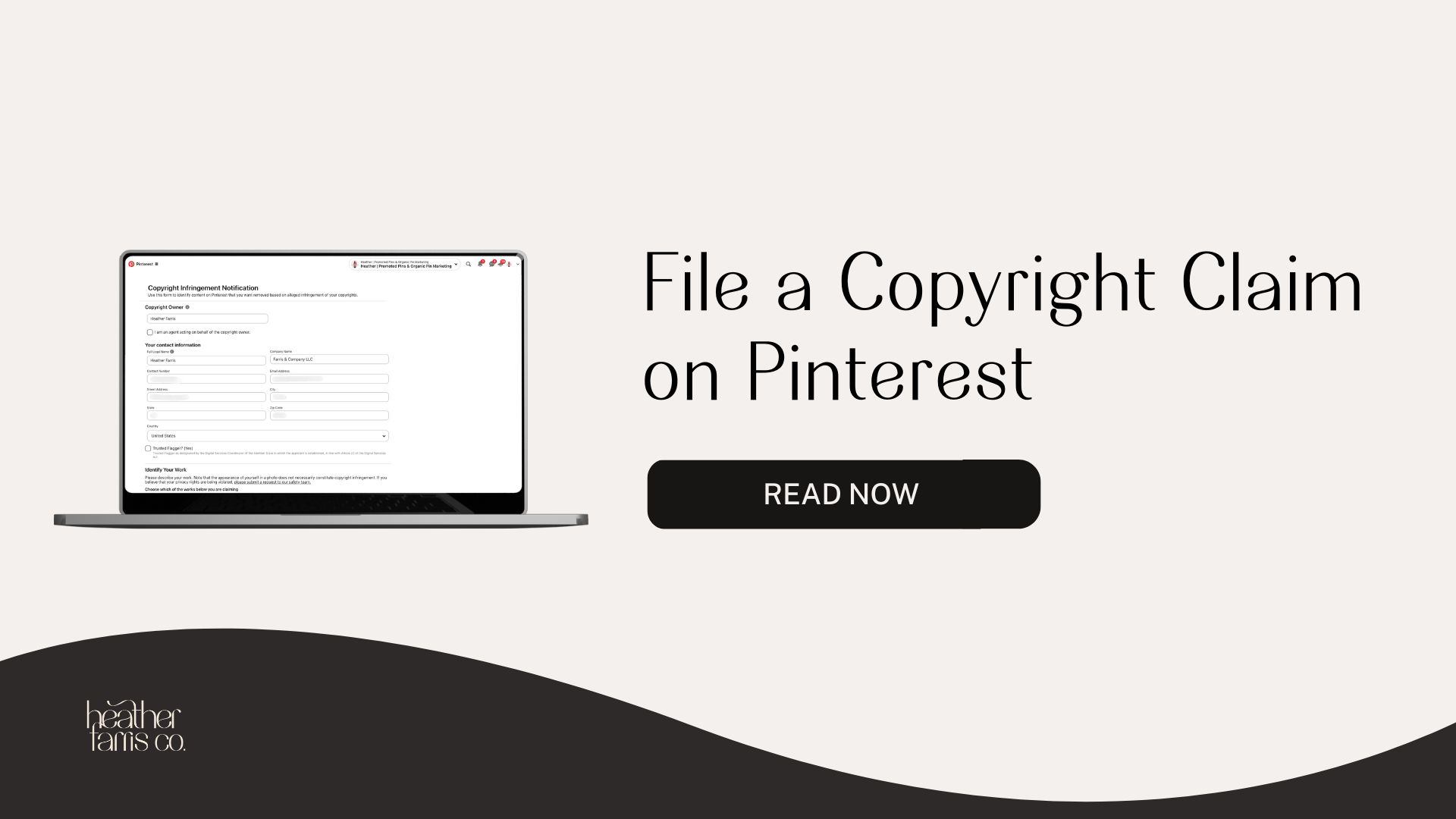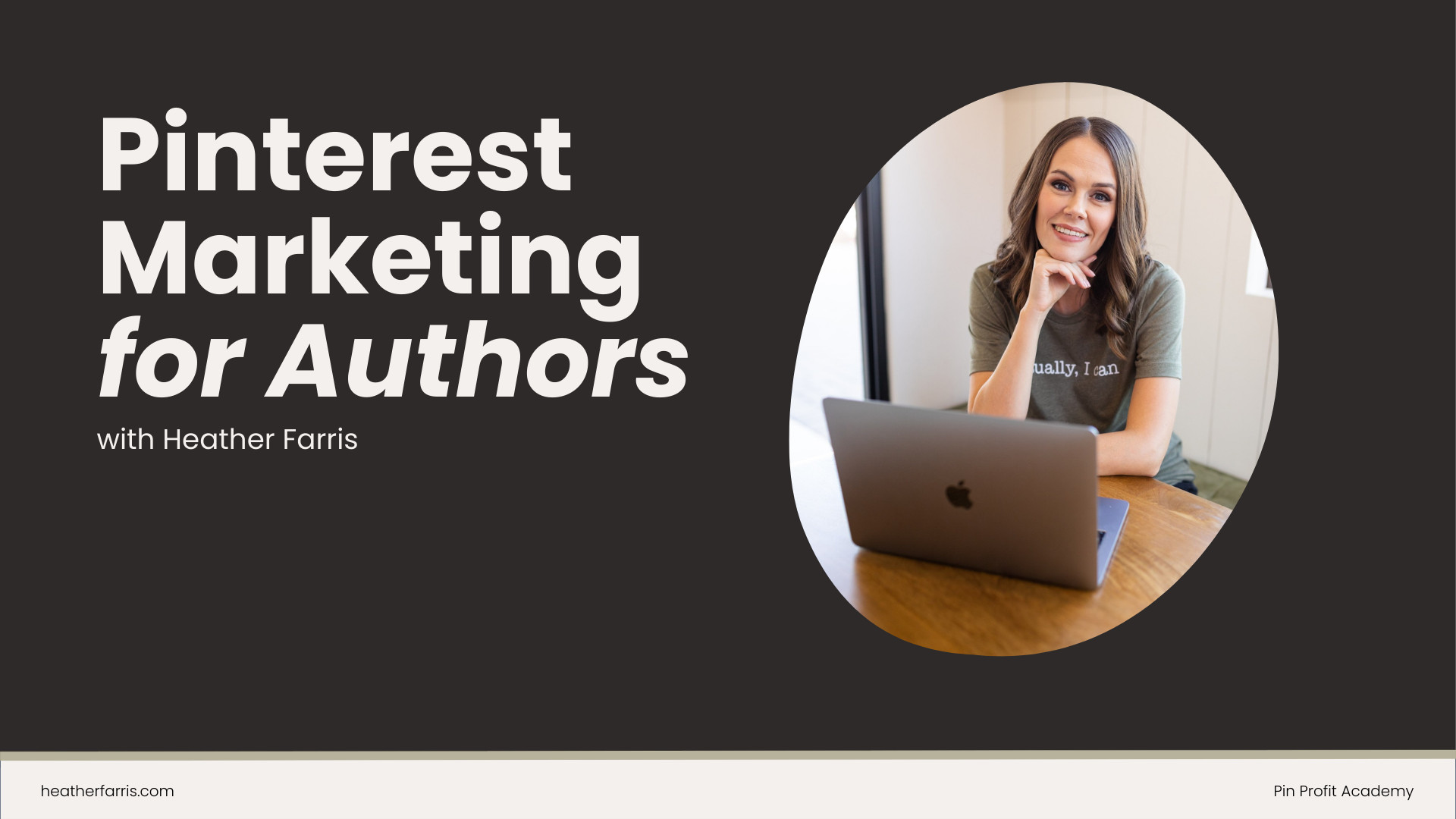Heather is a seasoned
Pinterest marketing expert & educator using the platform since you could reach the bottom of the feed - 2010.
About Heather Farris >
How to Make Your Website Pinterest Friendly
November 6, 2024
You might be wondering how to make your website Pinterest friendly to encourage visitors to pin your content, physical and digital products, or offers, and keep coming back. There are several best practices to make this happen in supporting your Pinterest strategy, and I have 5 tips to share with you in today’s post.
Pinterest save button on your images
The first step is adding a Pinterest Save add-on to your website that shows up as a button when you hover on images. You can do this a couple different ways with plugins or tools like:
- Yoast plugin
- Pinterest’s Save Button Builder
The Pinterest builder allows you to generate a button code that can be embedded into your site. If you use a plugin like Insert Headers and Footers, you can apply this button across all your images.
Or your website theme may have other options to embed code in areas, depending on how it’s built. In any case, this makes it easy for visitors to save pin images directly to Pinterest.
RELATED: How To Do Affiliate Marketing On Pinterest With a Blog
Social share buttons
Next, you need a social sharing button plugin. While many website themes have built-in sharing buttons, they aren’t always visible or user-friendly. I use WordPress for my website along with the Social Warfare plugin, which I highly recommend. This way your visitors can share your posts to social media platforms.
Social Warfare adds sharing buttons at the top and bottom of blog posts, and it also integrates Pinterest save buttons directly into all images on your site. An added benefit of Social Warfare is that it lets you prewrite Pinterest titles and the pin description. This ensures that when users pin your content, it’s already optimized for Pinterest search results pointing to your content.
RELATED: How to Optimize Your Blog Content for Pinterest Users
Including Pinterest friendly images on your blog
Embedding Pinterest friendly images within your blog posts is another crucial step. A great example of this strategy is the blog Damn Delicious by Chungah Rhee. Her site features visually appealing, pinnable images throughout her posts.
Whether you follow her approach or just add a couple of Pinterest images at the end of your posts like I always do, the goal is to make your content easy to pin. This strategy works well for both blog content and product pages.
RELATED: How to Batch Create Pinterest Pins for a Month Using Canva
Easy navigation for visitors
Clear navigation is also essential for your website. Visitors should be able to move easily through your site without frustration. If your menu options are confusing or poorly designed, it can annoy users and they’ll just leave.
Be extra careful to ensure your internal links are correctly embedded and lead to the right places too. Clear navigation enhances user experience and ensures that visitors won’t get lost on your site.
For food bloggers or creators in other niches where it works great, they using jump links is a great idea. These links allow users to skip directly to sections they’re interested in, such as the recipe in a food post. Damn Delicious uses a “Jump to Recipe” button that is extremely helpful.
Personally, I like to see the ingredients list first so I can check if I have everything at home or if I need to make substitutions. If your target audience is interested in DIY projects or recipes, jump links are invaluable.
RELATED: The Ultimate Pinterest Traffic Strategy for Bloggers & E-Commerce Shops
Opt-in forms on blog posts
Embedding opt-in forms within blog posts is another effective tactic to get your Pinterest audience onto your email list. On my own website, I embed opt-in forms at the bottom of posts, and sometimes higher up in longer posts, offering a simple guide or other resources such as our complete Pinterest Marketing Strategy Guide. You can even put them in widgets in your blog’s or website’s sidebar.
One thing you should avoid is aggressive popups that appear immediately when a visitor lands on your site. While popups can be effective, they should not block the entire screen right away, especially on mobile.
Instead, consider using timed popups or exit-intent popups, which appear when users are about to leave your site. Testing your popup settings is essential to ensure a positive user experience, particularly for visitors coming from Pinterest.
Bonus tip to make your website Pinterest friendly: test all devices
A final bonus tip is to test your website thoroughly on all devices. Don’t rely solely on what your website builder shows as the mobile view—physically open your site on a phone or tablet to see how it looks. My content manager reviews every blog post for how they look both on desktop and mobile to fix issues. A lot of people seem to not do this.
I’ve had experiences where Showit and my website theme indicated that my site was mobile-friendly, but the published version had some problems needing fixing. Testing across devices ensures your site is truly accessible and provides a seamless experience.
Final thoughts on how to make your website pinterest friendly
By following these tips, you’ll make your Pinterest friendly website easy for visitors to engage with. The goal is to make it simple for users to understand the value of your original content, encouraging them to pin it for later or explore other parts of your site. Hopefully you’ve learned a few new ways to implement these ideas for your blog or website to support your Pinterest account and audience.
That’s all for today. If you want more Pinterest marketing strategies, check out my YouTube videos linked here. See you next time!
Pin it for later
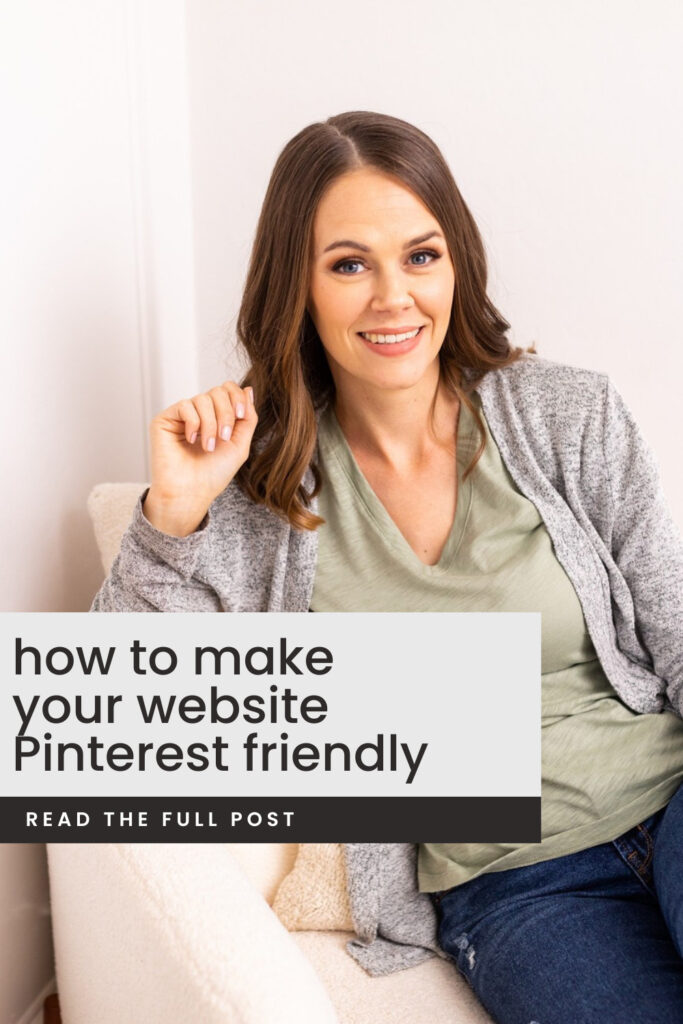
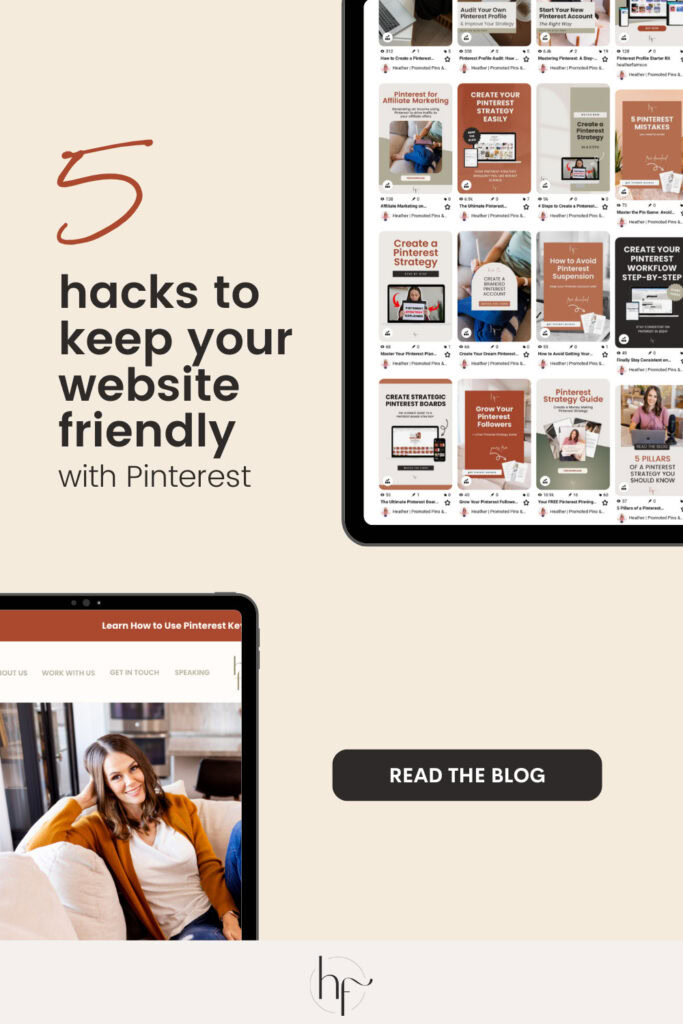
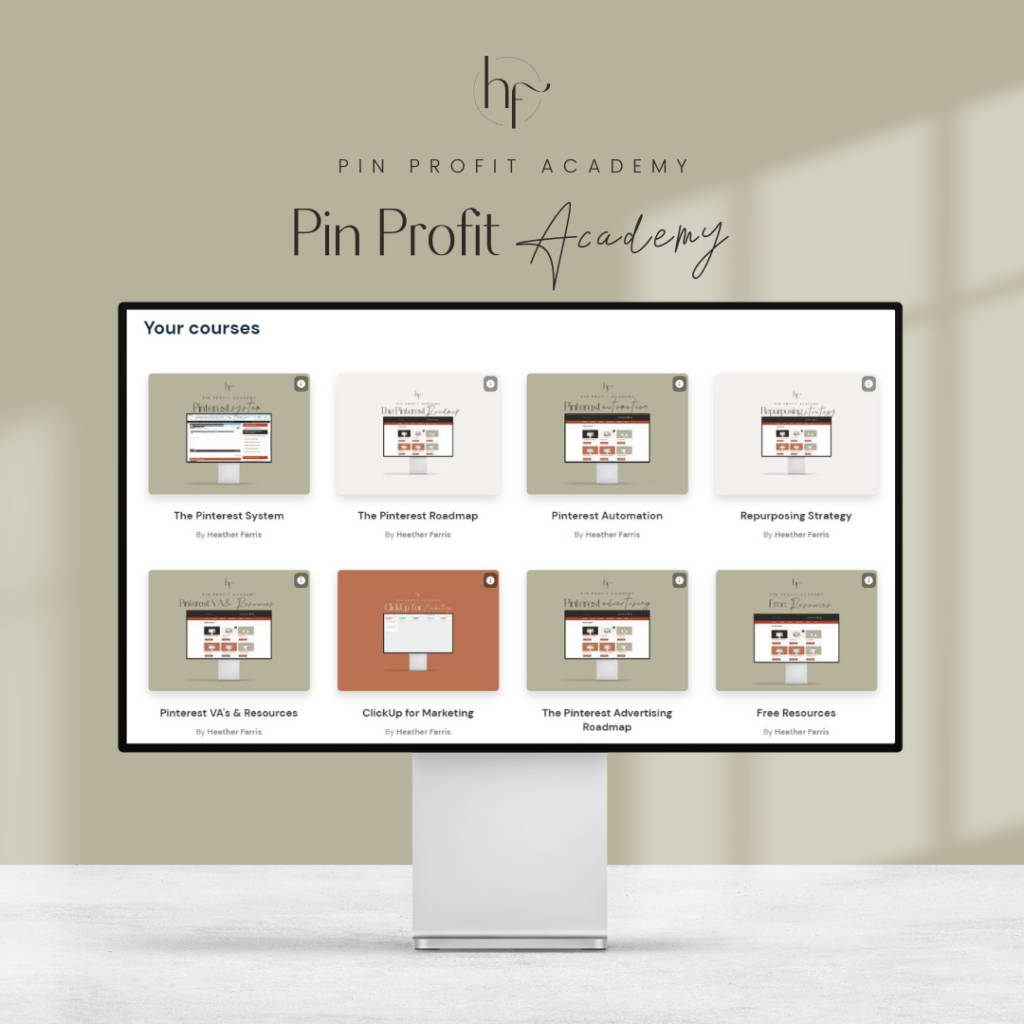
Pin Profit Academy
Marketing can be difficult and trying to figure it out on your own, especially with Pinterest, can be overwhelming.
I will show you how to double your traffic and sales without spending another minute on social media!
PPA is the only comprehensive membership program & community for creating, marketing & selling your products & services using Pinterest.
Heather Farris went to school for accounting and worked for years in banking and finance. After finding all of that entirely too boring she started her first blog in her basement in August of 2016. She has started 3 blogs in the marketing, motherhood and travel niches and used Pinterest to grow them all. She quickly became the go-to Pinterest strategist in her peer circles and has been implementing strategies, driving traffic and sales through organic and paid tactics for her clients. On this blog and her YouTube channel, as a renowned Pinterest marketing expert, she educates the public about clear and transparent marketing strategies to help them to grow on Pinterest and in other places online as a renowned Pinterest marketing expert.
